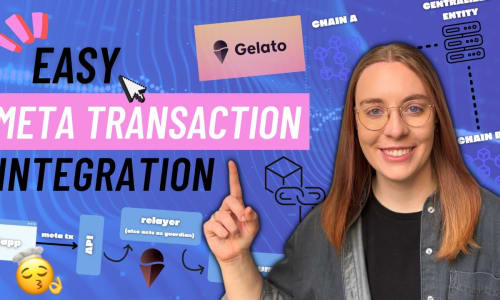See all Sarah Benson transcripts on Youtube

Introducing Gelato Relay | What is Relaying in Web3?
5 minutes 30 seconds
🇬🇧 English
Summaries Topics Transcript Chapters Titles Socials Twitter Blog Post Newsletter Quotes Quizzes Ask ChatGPT

Omnivision Solutions Ltd